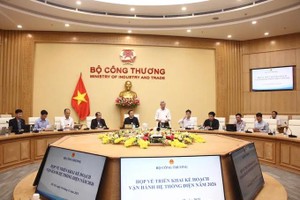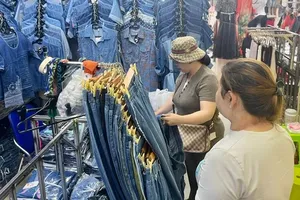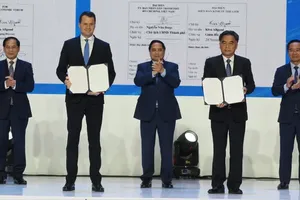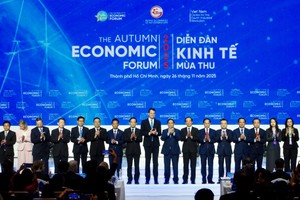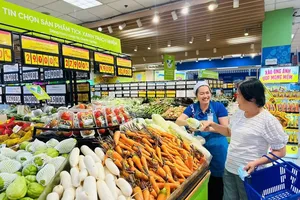
Economists advise to make better use of commitments in FTAs to boost exports
According to the Ministry of Planning and Investment, in the first 11 months of 2023, the trade surplus was US$25.83 billion whereas it had been only US$10.3 billion in the same period last year. Export turnover of goods was $322.5 billion, while import turnover was $296.67 billion.
Of which, the domestic economic sector's trade deficit was $19.99 billion and the foreign-invested sector including crude oil had a trade surplus of $45.82 billion.
Regarding exports, there were 33 items with export turnover of over US$ 1 billion including 7 items with revenue of over $10 billion. Compared to the same period in 2022, many products such as seafood, vegetables, rice, cashew nuts, cassava and cassava products increased in both value and quantity.
The agricultural and aquatic product group impressed and was the only product group that recorded positive growth, with export turnover estimated at US$ 29.5 billion, an increase of 8.6 percent. Regarding imports, it is worth noting that import turnover of raw materials for production continues to increase, estimated at more than US$ 278 billion, accounting for 93.8 percent of total import turnover.
Assessing the developments in the import and export of goods from the beginning of the year until now, according to statistical experts, the import turnover of raw materials and machinery and equipment for the production of a number of key export commodity groups increased each month and each quarter showing positive signs in the production of goods for the growth of the economy and export.
However, in the context of low global economic growth, weak world consumer demand, and increased protection barriers, many countries continue to maintain tight monetary policies. Therefore, exports in the remaining months of the year are predicted to still face many difficulties. The best solution which economists repeatedly emphasized that exporters should make better use of commitments in free trade agreements (FTAs) to boost exports.
According to Ms. Nguyen Thi Lan Phuong, Deputy Head of the WTO and FTA Division, Department of Multilateral Trade Policy under the Ministry of Industry and Trade, just a few Vietnamese small and medium-sized enterprises are currently taking advantage of opportunities from these FTAs. Though businesses make the most use of FTAs in exports to the EU, the rate of only about 26 percent.
Meanwhile, the opportunity to expand Vietnam's export market is huge when Vietnam has signed a series of important FTAs such as the Comprehensive and Progressive Agreement for Trans-Pacific Partnership (CPTPP), the FTA Vietnam - EU (EVFTA), and the Vietnam - UK FTA (UKVFTA).
To support agricultural product exports,considered a bright spot in exports from the beginning of the year until now, experts say ministries such as Industry and Trade and Agriculture and Rural Development need to continue negotiating with China to more open the market for other Vietnamese fruit products such as green-skinned grapefruit, fresh coconuts, avocados, pineapple, star apple, melon.
At the same time, ministries and agencies have increased early warning of trade defense lawsuits in addition to the provision of instruction to businesses on how to respond to lawsuits. The role and responsibility of Vietnamese trade agencies abroad are enhanced to develop export markets for Vietnamese goods and update businesses and associations with new needs and regulations of key export markets so that businesses can take measures for responding and adapting.



